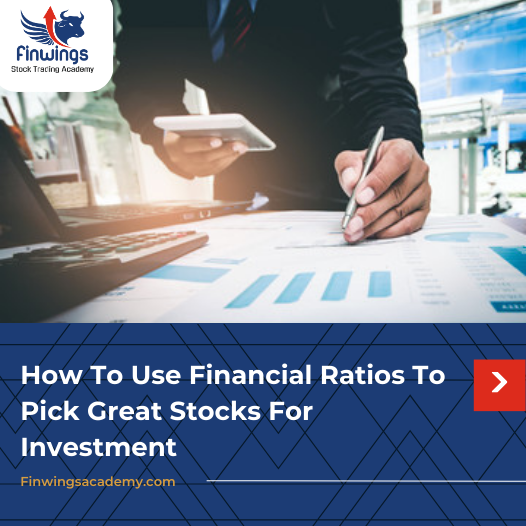Different types of Trading Orders in the Indian Stock Market
No investment can be made unless the person places an order to the broker. India’s stock market is expanding daily and is quite vibrant. Investors can now trade from the comfort of their own homes. With only one click, they may effortlessly place the investment order. It’s wise to be aware of it, though, before taking any action towards investing and share market coaching classes in Ahmedabad teaches everything in detail. To make wise selections and carry out transactions effectively, it is crucial to understand the many kinds of trading orders that are available.
Different types of trading orders
Orders based on time duration
Intraday orders
An investor sets an intraday order, sometimes referred to as a day trading order, with the goal of completing the transaction that same day. With just a portion of the shares’ total worth, the investor can purchase or sell securities. The transaction is automatically removed from the market if it is not finished that day.
Delivery orders
Investors place delivery orders, often referred to as positioning orders, with the goal of holding them for a longer period of time. The investor must pay the full purchase price of the securities on the settlement day, when the securities are delivered. The securities are held by the investor for an unlimited period of time.
Orders based on price
Market order
A market order is an order to purchase or sell stock at the going rate in the market. The investor receives the best price available at the time of execution for this kind of order, which is performed instantly. Investors that wish to purchase or sell stocks rapidly and don’t want to wait for a specified price might use these orders.
Limit Order
A limit order is an order to buy or sell stock at a certain price or above. The order is only executed if the market price hits or exceeds the limit price that the investor has selected. Investors wishing to purchase or sell stocks at a particular price can use limit orders. Professional stock trading course teaches good use of limit orders in trading.
GTT or VTD order
A GTT order—also called a “Valid Till Date” order—is a type of order that is carried out in response to the user-specified trigger price requirements being satisfied. Unlike other order types, GTT orders are valid for a year, therefore investors use them to set a stop-loss or target for their present long-term holdings.
Orders based on Risk Management
Stop Loss order
An order to sell a stock if its price drops below a particular level is known as a stop-loss order. If the stock price starts to decline quickly, this kind of order helps investors in limiting their losses. For investors who wish to shield their holdings against unexpected price declines, stop-loss orders are a good option.
Cover order
An order to purchase or sell stock combined with a stop-loss order is known as a cover order. The order is only executed if the market price hits or exceeds the stop-loss price, which is determined by the investor. Investors who wish to buy or sell stocks fast while protecting their capital from unexpected market declines can consider cover orders.
Bracket order
A bracket order combines a stop-loss order with a limit order. If the market price hits either of the investor’s selected target price and stop-loss price, the order is filled. Investors who wish to purchase or sell stocks at a particular price while shielding theircapital from unexpected declines in value can consider using bracket orders.
Tag:Trading Orders












